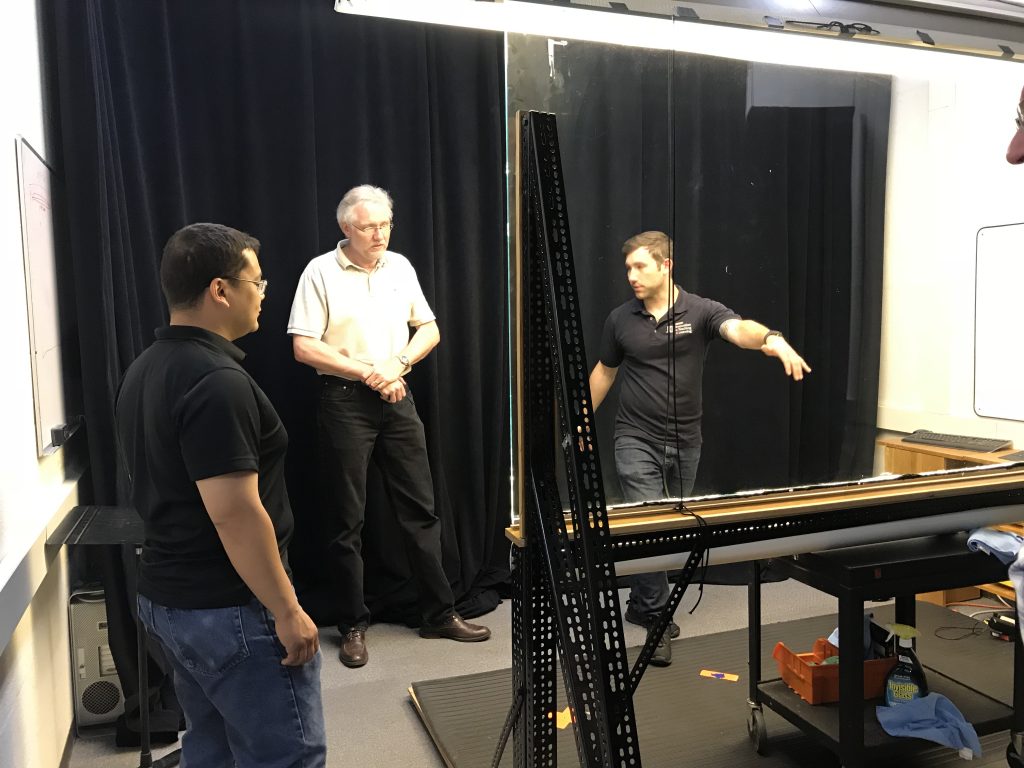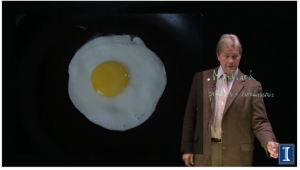Check out this story from Dr. Tony Grift regarding Brendan Kuhns, a graduate student working with the DIFM Project:
Tag Archives: tony grift
Developing an Affordable, Retrofittable Yield Monitor for Cotton
During a trip to Colombia by Brendan Kuhns, it became clear that yield monitors for cotton are hard to come by, especially the kind that is retrofittable on older machines. Fortunately, DIFM researcher Dr. Tony Grift did his PhD on the development of a generic method for mass flow sensing of granular materials (fertilizers in particular), and he is eager to apply his method to cotton. We will build a new optical photo-interruption arrangement that measures the spacing durations between clumps of cotton passing a sensor. Then we will apply the theory of arrival processes to determine the number of cotton clumps that pass the sensor per unit of time, which is an indirect measure of the mass flow.
What is so fascinating about this method is that it works by only measuring the spacing times in between cotton clumps. So without knowing or measuring any material parameters, we still can measure the mass flow. It gets better: the measurement device does not need calibration, since nature is literally doing the work. If you would like to read details, here are links to paper 1 and paper 2 (the second won an award from the EurAgEng organization).
We hope that this small project will also connect our statisticians with the engineers (no easy feat!). For more information, feel free to read Dr. Grift’s essay titled “Embracing variability: How to hug a cactus”, which he claims to be “loosely based on the brother of our fearless leader David Bullock.”

Figure 1 Shown is the mass flow sensing scenario; we have clumps of material (cotton balls) and we measure the spacing durations among them. Believe it or not, using Poisson driven arrival theory, these data are sufficient to determine how many clumps are passing the sensor per unit of time, irrespective or the overlapping effect. Isn’t statistics great?
Lightboard Studio

Lightboard Studio is a dedicated tool designed for producing instructional videos currently at the University of Illinois. This studio allows for a “chalkboard-like” presentation with a slide or video superimposed in front of a presenter. Members of the DIFM team are planning on using this tool to produce instructional and marketing videos to allow easy distribution to farmers and other potential collaborators. In the above picture, Professor Tony Grift and graduate student Robert Reis are introduced to how to present on the platform.
Click here for more information on the Lightboard Studio.


